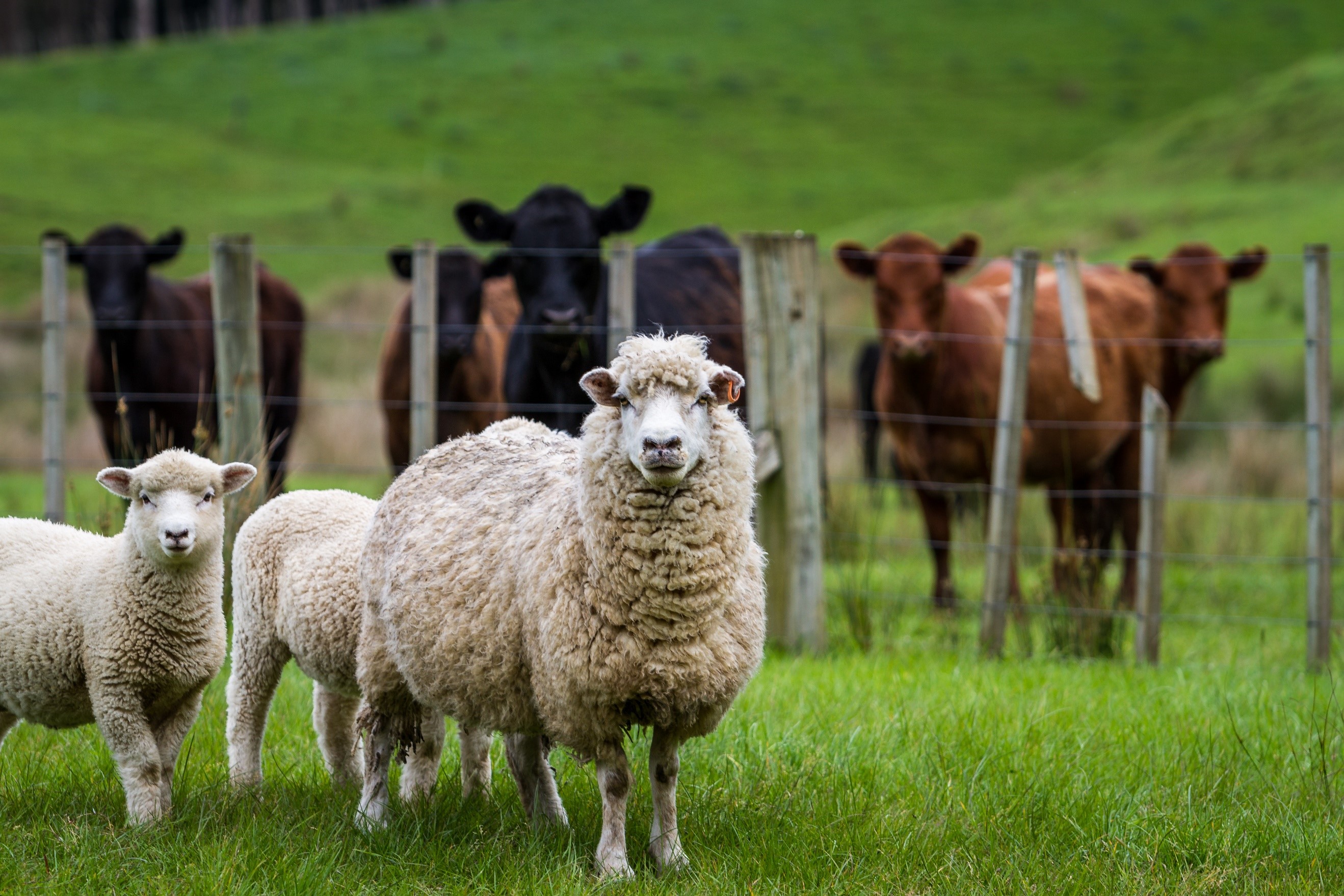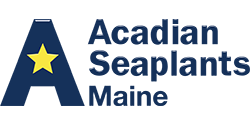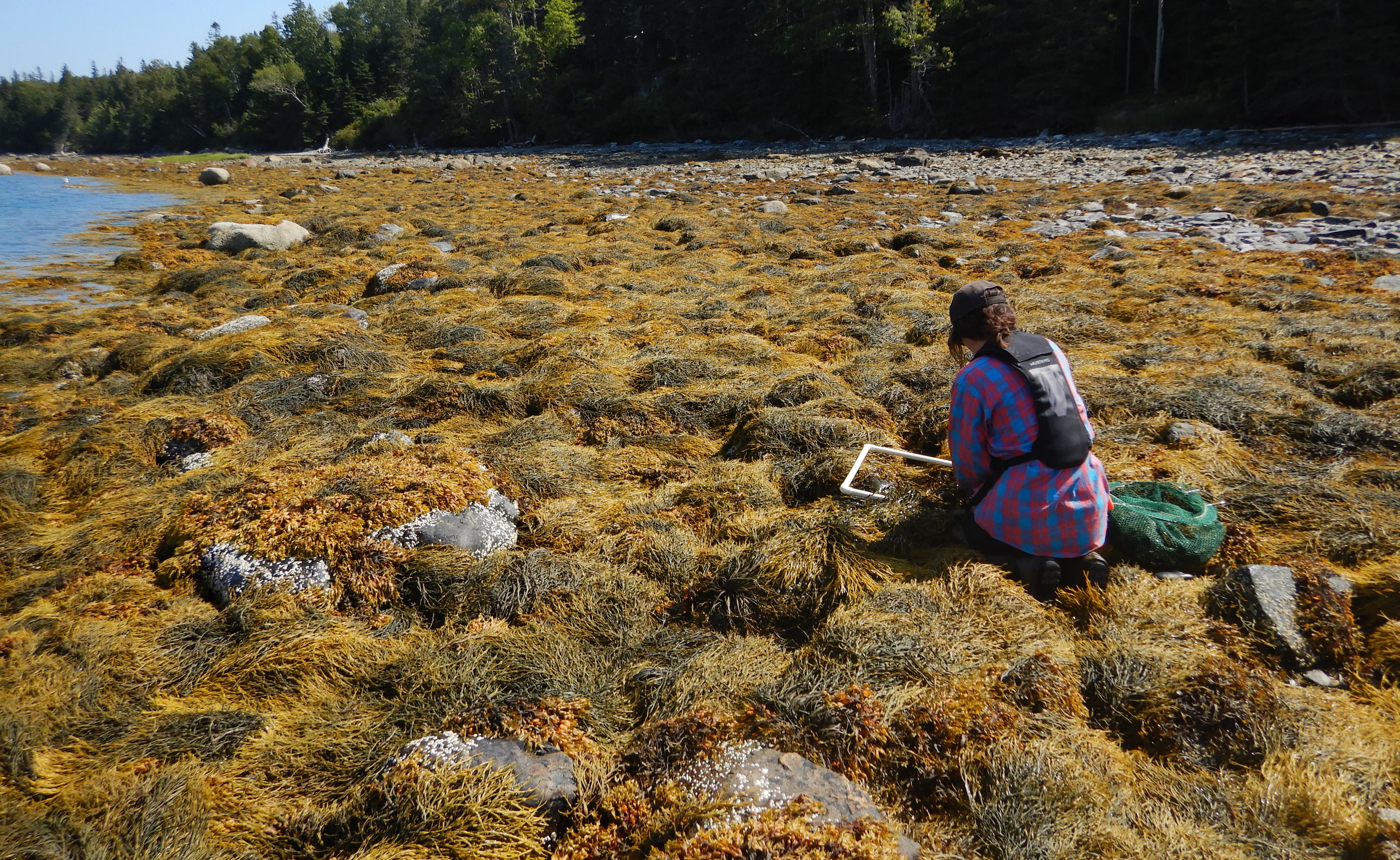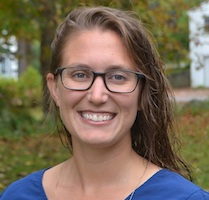
If you live in Maine, you’re likely aware of the sustainable rockweed harvest that’s been going on here for decades. What some may not be aware of is there are a number of government regulations that control the harvest of rockweed to ensure its sustainability.
Some of these safeguards include a minimum cut length from the seaweed’s holdfast of 16” and the requirement that every harvester have a license to harvest and must report their landings (how much they harvest) to the Maine Department of Marine Resources. A harvest that’s well managed with regulations in place that hold companies accountable are a good thing and ensure the sustainability of the resource, the industry and our working waterfront.
Less frequently discussed, however, is what products are made from rockweed once it’s been harvested. That part of the story is critical: not only are harvesting methods sustainable, the products created from rockweed allow growers to reduce their reliance on synthetic chemicals, thereby reducing the chemical environmental load on our ecosystem.
Acadian Seaplants’ products include biostimulants for plants as well as animal feed products. “Growers are seeking alternative products to produce high quality crops and strong yields,” said Ron Taylor, VP of Marketing with Acadian Plant Health™ Division “and our natural products provide this solution to reduce dependency on synthetic fertilizers and chemicals.”
In short, Maine’s sustainable rockweed harvest is used to produce natural, environmentally-friendly products for crops that can replace synthetic agricultural inputs, which are often harmful to ecosystems. Algal-based animal feeds, when fed to production animals, end up in our food chain. Natural, seaweed-based products are not only good for the environment, they’re good for people too.
Ocean Organics, a local company using rockweed to create natural fertilizers for golf courses and agriculture, displaces the use of chemical fertilizers on golf greens and in crop production. And Source Micronutrients, from Maine, produces supplements for horse, dog and people health.
In today’s global economy, when we think about sustainability, we must consider the entire ecosystem and our entire food chain. There are few products that tell such a sustainable story – from harvest to plate.
The rockweed harvest here on Maine’s shore contributes to environmentally friendly products that are used around the world… From horses to golf courses to commercial farms, Maine’s rockweed is making the world a better, more environmentally friendly, place.
Read More »

 If you read our last post you know Acadian Seaplants has a resource biologist here in Maine (that’s me!). My job, as part of our resource science team, is making sure that we are managing the Ascophyllum nodosum (rockweed) sustainably. You’ve probably heard us say that we harvest 17% of the biomass, but what does this mean? And how do we calculate it? Well, that’s where I come in!
If you read our last post you know Acadian Seaplants has a resource biologist here in Maine (that’s me!). My job, as part of our resource science team, is making sure that we are managing the Ascophyllum nodosum (rockweed) sustainably. You’ve probably heard us say that we harvest 17% of the biomass, but what does this mean? And how do we calculate it? Well, that’s where I come in!